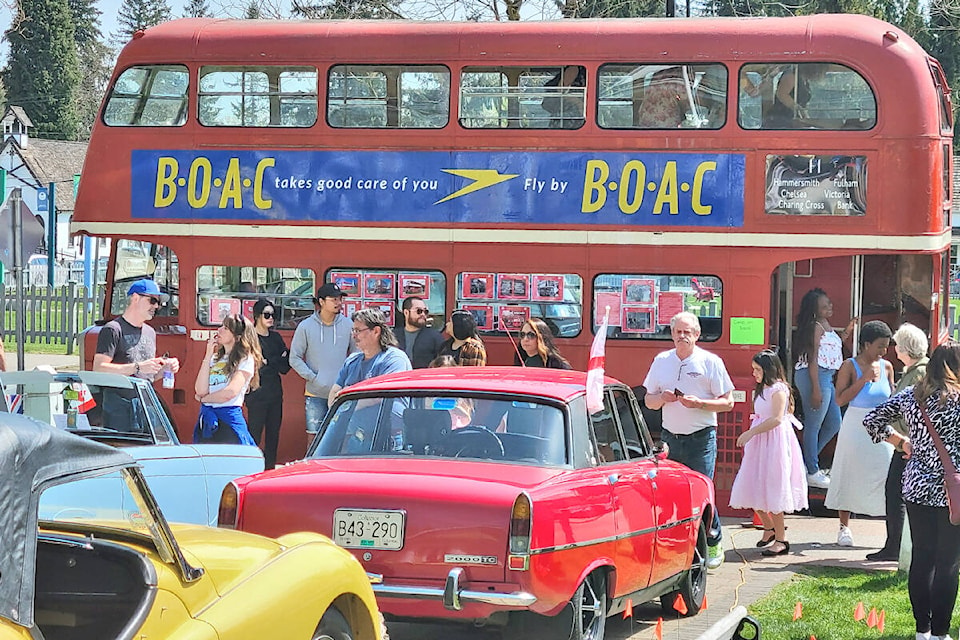There are people who will disagree with this, but in general, I think it’s better to live in a society with fewer private cars and more buses, trams, trains, bike lanes, and sidewalks.
I’ve written recently about how our dependence on cars means we’re constantly paying invisible costs for all of this – the requirements to build all these roads and parking lots add not just to our tax bills, but to the cost of every good and service we purchase.
But those are invisible costs, we never see them on a bill.
Besides, even if you added them all up and presented them to people, they might say “So what?”
That’s because, for all the damage we’ve done with cars and automobile infrastructure, cars really are tremendously useful.
Private car ownership is and always will be superior to taking transit when it comes to ease, convenience, and timing.
Yes, it’s more expensive, but you never have to wait at a bus stop on a rainy day, or worry about schedules or connections.
So how do we get people – including people like me, I drive my own car – out of our vehicles?
The two-pronged approach, so far, has been enhancing transit service, combined with slowly adding density in areas that already have the highest levels of SkyTrain and bus service.
Those are carrots, and they’re not bad. Taking SkyTrain to downtown Vancouver is undoubtedly easier sometimes than driving – no hunting for expensive parking, for example, and it’s often faster, especially during rush hour.
But weigh that against the freedom of a car, and you very well might come up short. Especially since most of our neighbourhoods are so friendly to cars, and still so lacking in transit service.
The other option in public policy is the stick. You whack people with it to change their behaviour.
READ ALSO: OPINION: The staggering socioeconomic costs of COVID anti-vaxxer behaviour
READ ALSO: PAINFUL TRUTH: The internet made us small
That would mean, for example, charging congestion fees on people commuting to major city centres. It could be raising fuel taxes, or just increasing charges on car ownership in general, or tolls on major bridges.
These types of measures are always politically unpopular, and they tend to land heavier on poor people than on rich people, who can just shrug them off.
So what’s the magic carrot that gets people out of their cars? What’s something that’s positive, that makes people say, “Nope, I’ll give up driving myself and take transit, or walk, or ride my bike.”
That’s hard to say.
California right now is offering a $1,000 a year tax credit to low-income residents who don’t own a vehicle.
Paying people not to drive is an interesting answer. I’m not sure it’s the magic carrot, but it’s something.
I ask this question, not because I have an answer, but because I don’t.
I think we need better cities, better transportation, and fewer cars.
But cars are just so useful! So even if it’s better for society to have fewer cars (and awesome transit) how do you convince so many people to change?
Including me?
Have a story tip? Email: matthew.claxton@langleyadvancetimes.com
Like us on Facebook and follow us on Twitter.
